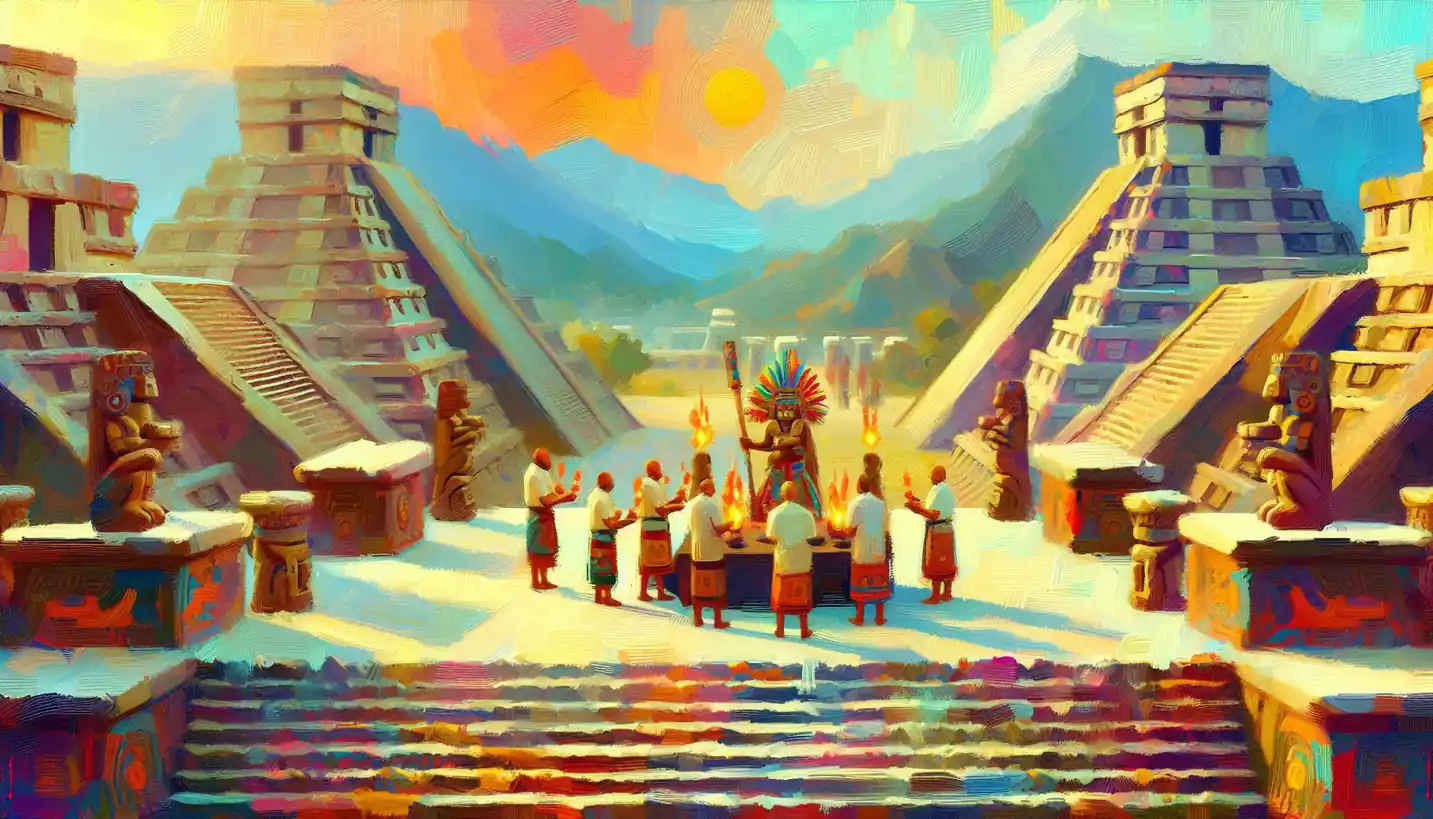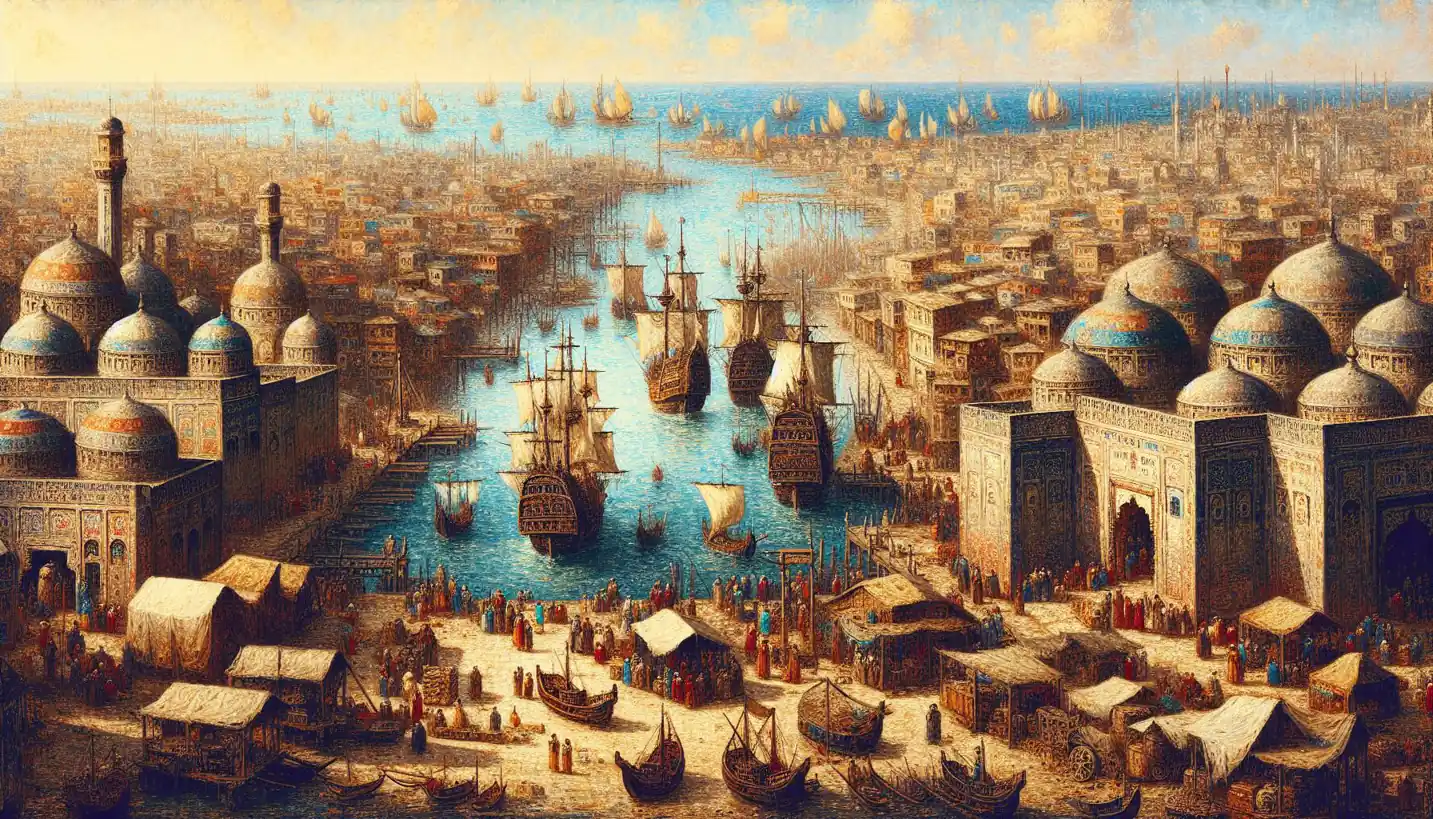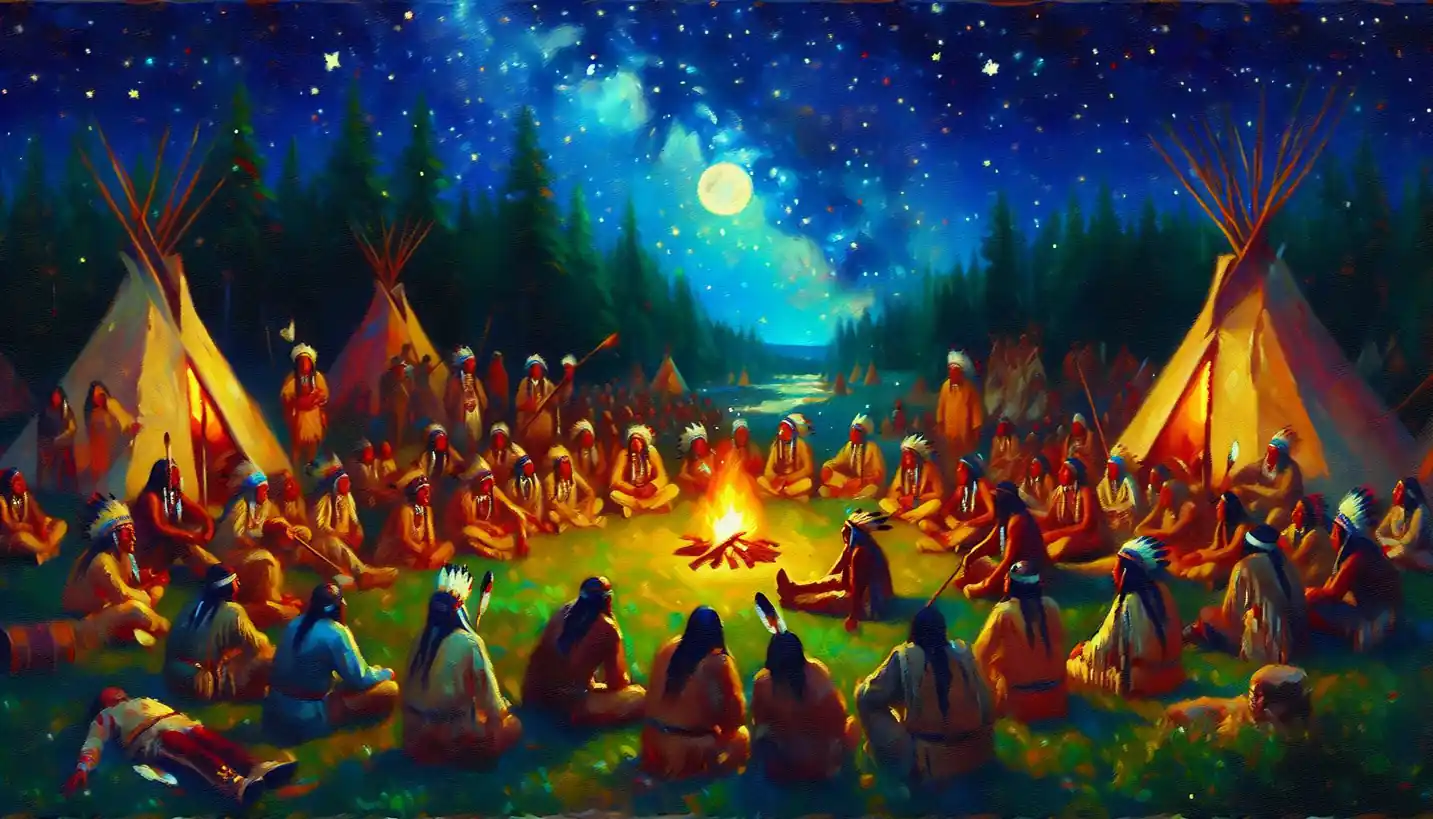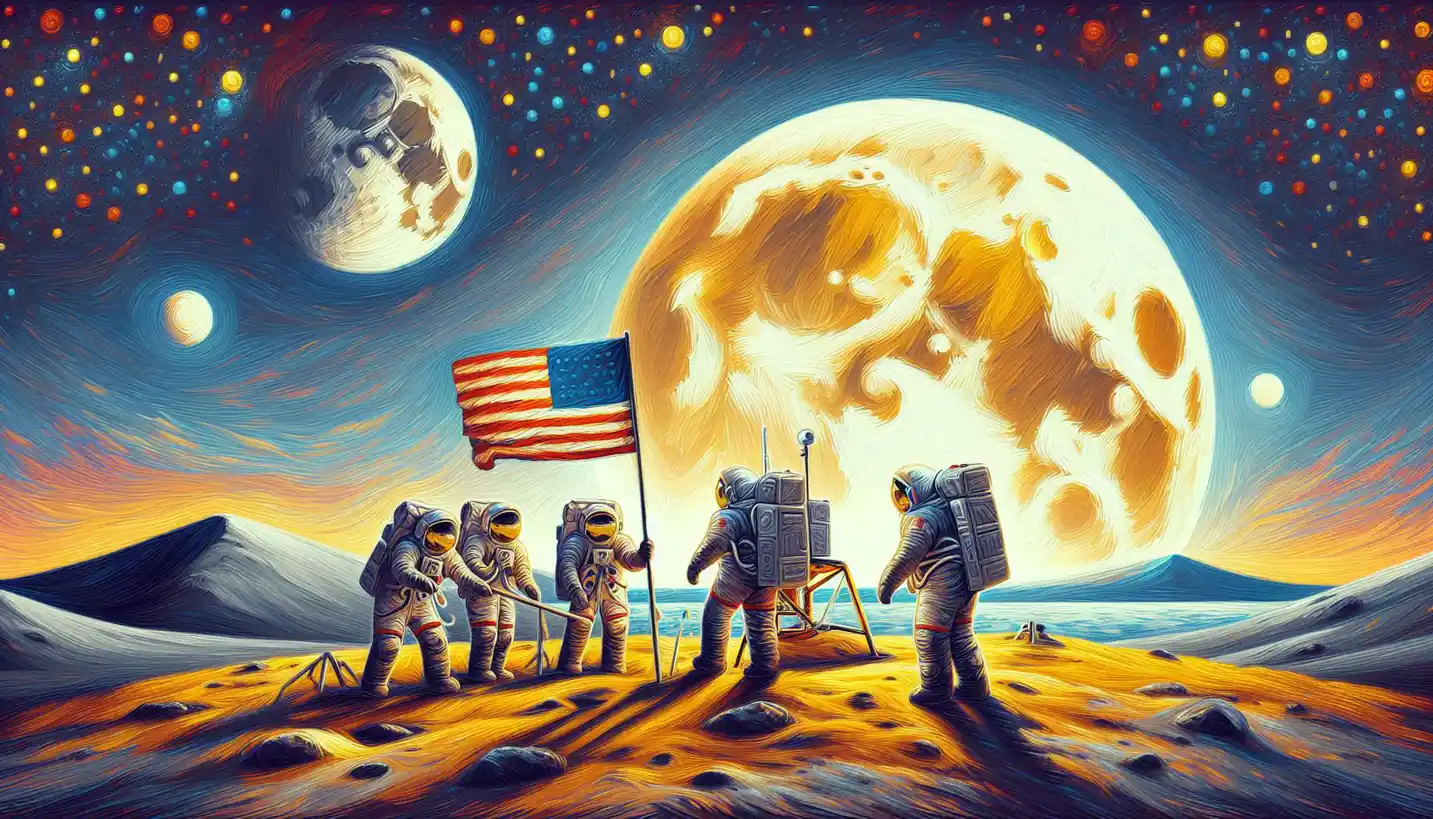· History · 4 min read
Ethnic Enclave Mysteries: Unveiling Urban Stories
Ethnic enclaves hold mysteries of cultural diversity and urban evolution. Uncover hidden stories within these vibrant communities and their historical significance.

Once upon a time in bustling cities, pockets of diversity sprang up like colorful patches in a quilt. These were ethnic enclaves, vibrant neighborhoods where people from similar cultural backgrounds congregated. But what exactly are these enclaves, and why do they form? Let’s dive into these fascinating urban stories and explore their significance.
At its heart, an ethnic enclave is a community within a city where immigrants from a specific country or region settle. Think of them as little cultural islands surrounded by a sea of diverse individuals. These neighborhoods provide a comforting slice of home for newcomers, offering familiar foods, languages, and traditions.
Imagine arriving in a new country, where everything feels strange and unknown. Stepping into an ethnic enclave might feel like finding a comforting oasis. For many immigrants, these enclaves offer a support network, a place to share experiences and find assistance in adjusting to a new life. It’s where you might find a baker selling bread that tastes just like it did back home or a market stocked with spices familiar to your palate.
The Birth of Ethnic Enclaves
The emergence of ethnic enclaves is deeply rooted in urban history. Throughout history, waves of immigration have shaped cities worldwide. People often migrated due to economic opportunities, fleeing conflicts, or seeking a better life. As they arrived, they naturally gravitated towards familiar faces and practices to ease the challenges of settling in a foreign land.
Take, for example, the Chinese community in San Francisco. In the late 1800s, many Chinese immigrants arrived due to the Gold Rush and railway construction work. They settled in what is now Chinatown, creating a hub rich with Chinese culture, cuisine, and community life. Such enclaves became self-sufficient, with businesses, schools, and cultural institutions catering to their specific community needs.
This pattern isn’t unique to San Francisco. Cities worldwide, from New York’s Little Italy to Toronto’s Little India, boast similar enclaves, each with a rich mosaic of stories and experiences.
Cultural Vibrancy and Economic Impact
One of the most striking features of ethnic enclaves is their cultural vibrancy. Walking through these areas, you’ll encounter tantalizing smells wafting from restaurants, sounds of traditional music, and colorful festivals that paint the streets. These enclaves are not just about cultural preservation; they are about celebration and innovation.
Ethnic enclaves also stand out for their economic contributions. Often, they become entrepreneurial hubs. Immigrants bring unique skills and business ideas that enrich the city’s economy. From family-run stores to renowned restaurants, these businesses often serve both the community and curious visitors wanting a taste of authenticity.
Challenges and Future Directions
However, ethnic enclaves face their own set of challenges. Language barriers, economic disparities, and sometimes discrimination can be significant hurdles for residents. Additionally, these areas can be vulnerable to gentrification — a process where rising property values push out long-standing communities, threatening the cultural essence of the enclave.
Future urban planning needs to address these concerns. Encouraging multicultural policies and providing legal and economic support can help preserve these neighborhoods. Balancing development with cultural preservation is a crucial challenge for city planners and policymakers.
A Place of Belonging
Ultimately, ethnic enclaves are about belonging. They offer spaces where traditions are treasured, languages are spoken freely, and identities are celebrated. They act as bridges, linking the past with the future and soothing the complexities of identity in a globalized world.
These enclaves teach us about resilience, community support, and the beauty of diversity. They remind us that even in a world that’s constantly changing, there are places where heritage and history thrive, and that’s a story worth telling.
In the grand tale of urban history, ethnic enclaves are indispensable chapters, filled with lessons of adaptation, cultural fusion, and identity. They encourage us to embrace differences and build inclusive communities, ensuring cities remain spaces of endless stories and possibilities.



